9 Walkway Tips For Your Outdoor Space
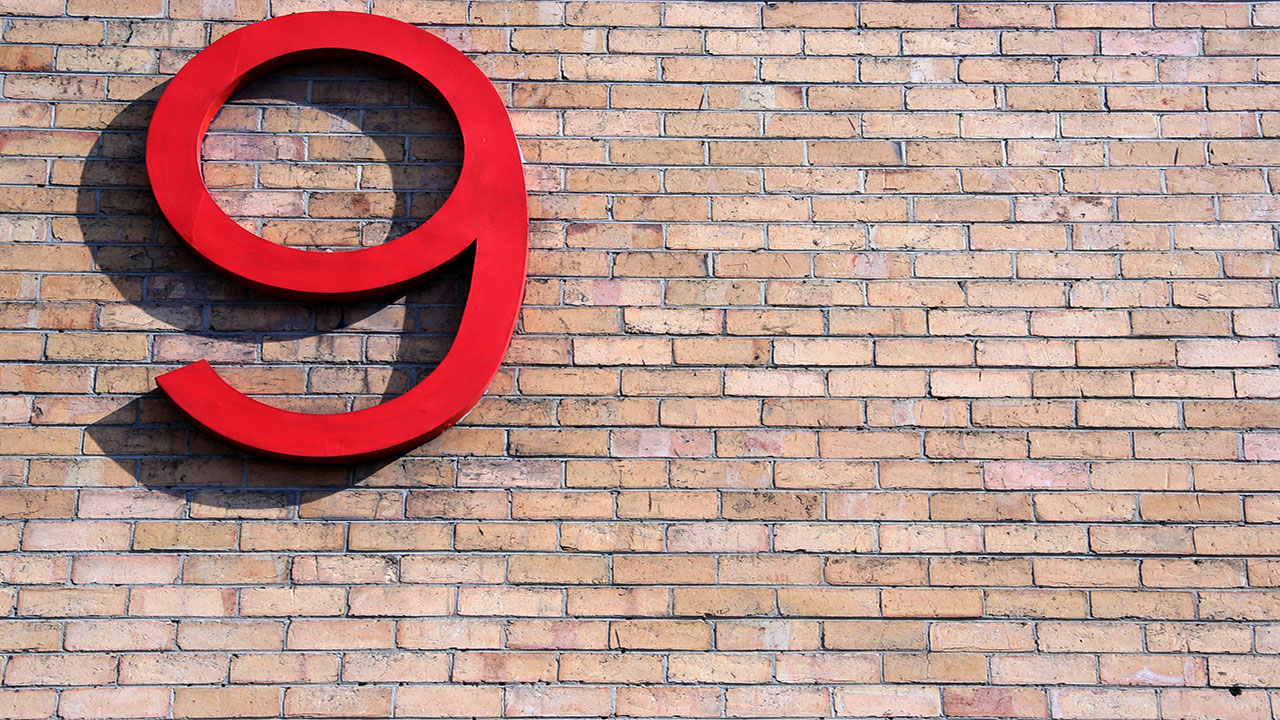
The addition of a walkway in an outdoor space can both add visual interest and create a functional and convenient means of getting around the yard. Hardscape has a way of beautifying yards, and a walkway is just one of many ways to implement hardscaping into an outdoor space.
Here are a few materials and tips for creating the perfect walkway for your outdoor oasis.
1. Stepping Stones
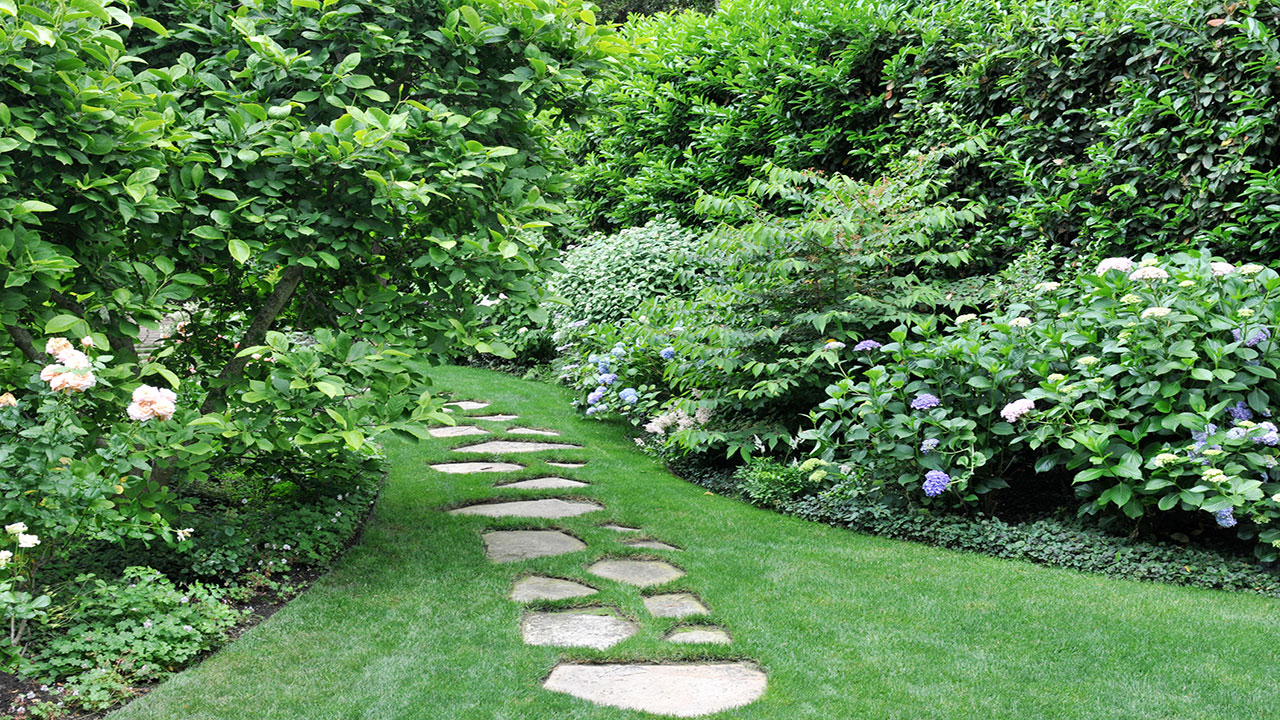
One of the easiest ways to create a pathway in your yard is to simply lay down flat stones to serve as stepping stones to walk on. Trace out the pathway that you want, and place a number of flat pavers in the pattern that you desire. Just make sure to place them at an appropriate distance apart, which in this case would be about the distance of the average step taken.
2. Gravel
Another simple solution for your walkway is to lay a path of gravel. It’s easy to find and relatively affordable compared to other materials that could also be used for walkways. You can always dress it up by bordering it with stones or flowers.
3. Brick Pavers
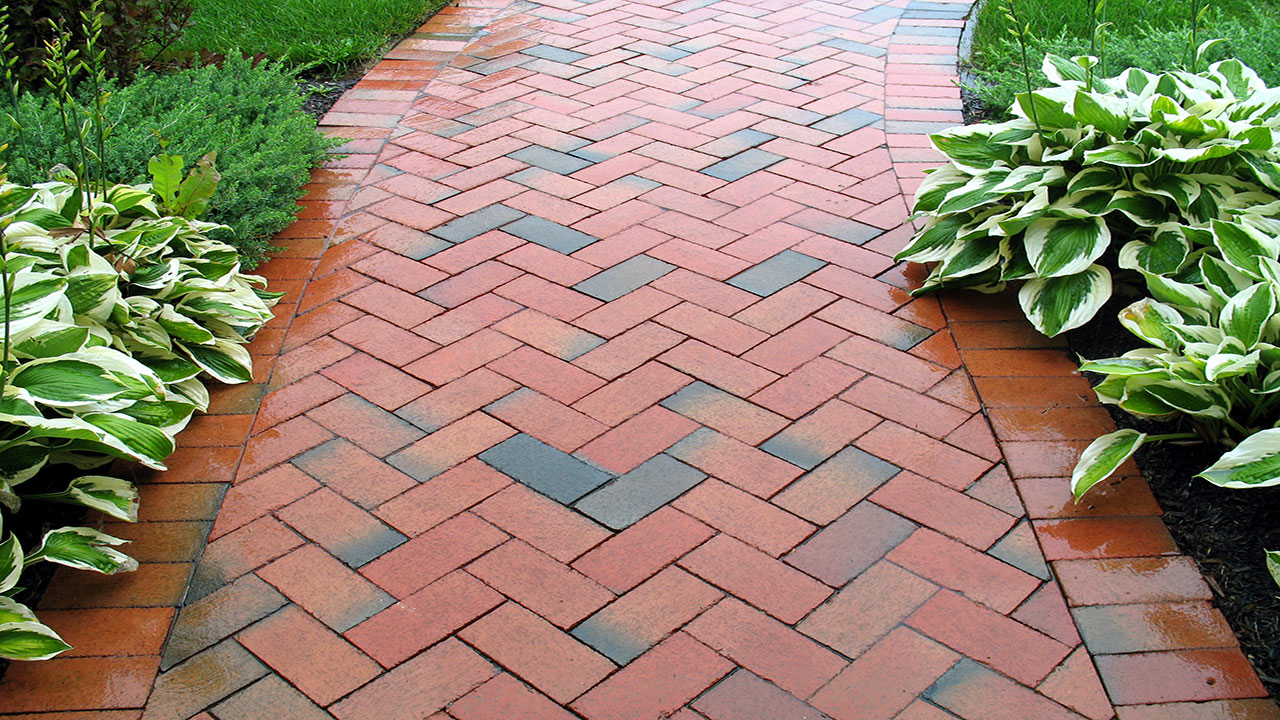
For a smooth surface that’s easy to walk on while creating a lovely element in your outdoor space, you might want to consider laying bricks to create a sophisticated walkway. This is a more involved job since you will have to do a little digging to flatten out and level the ground, then make use of materials to keep the bricks in line and settled properly, but the end result will be really fantastic.
4. Concrete Pavers
This type of walkway will also involve a little more work, but it may be more affordable and quicker to install compared to brick walkways. You can create pavers in any shape or size to suit your tastes and needs, then lay them in whatever pattern or direction you need to create a seamless walkway in your yard.
5. Wood Planks
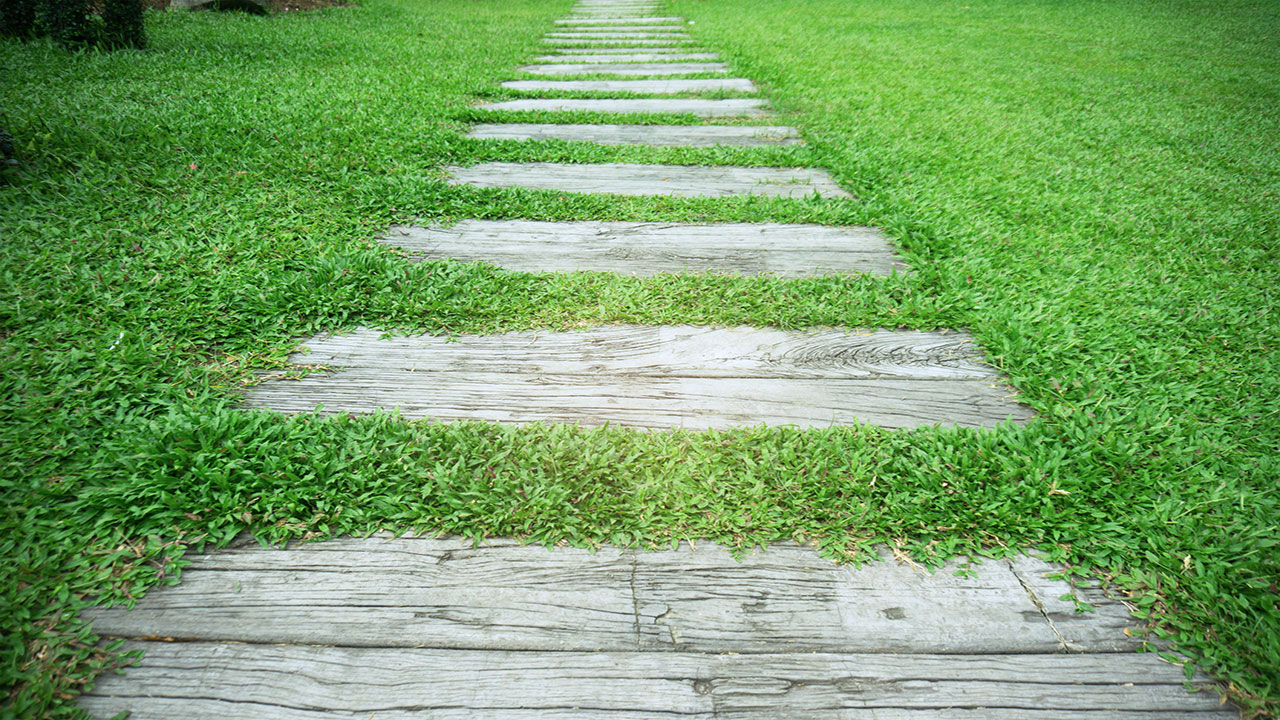
You can easily mimic the look and feel of your favorite boardwalk by laying wooden planks to create your yard’s walkway. You can even stain or paint the planks to customize the look and feel of the walkway, and further personalize it by changing up the width of the planks used.
6. Tile
While you might typically see tile in interior spaces like kitchens and bathrooms, you can also use it outside too. Just be sure to choose tile that is designed to be used outdoors so it’s able to withstand the elements. With tile, you can be as creative as you like, and choose different sizes, shapes, and colors to really create something that’s just as decorative and artful as it is functional.
7. Plants
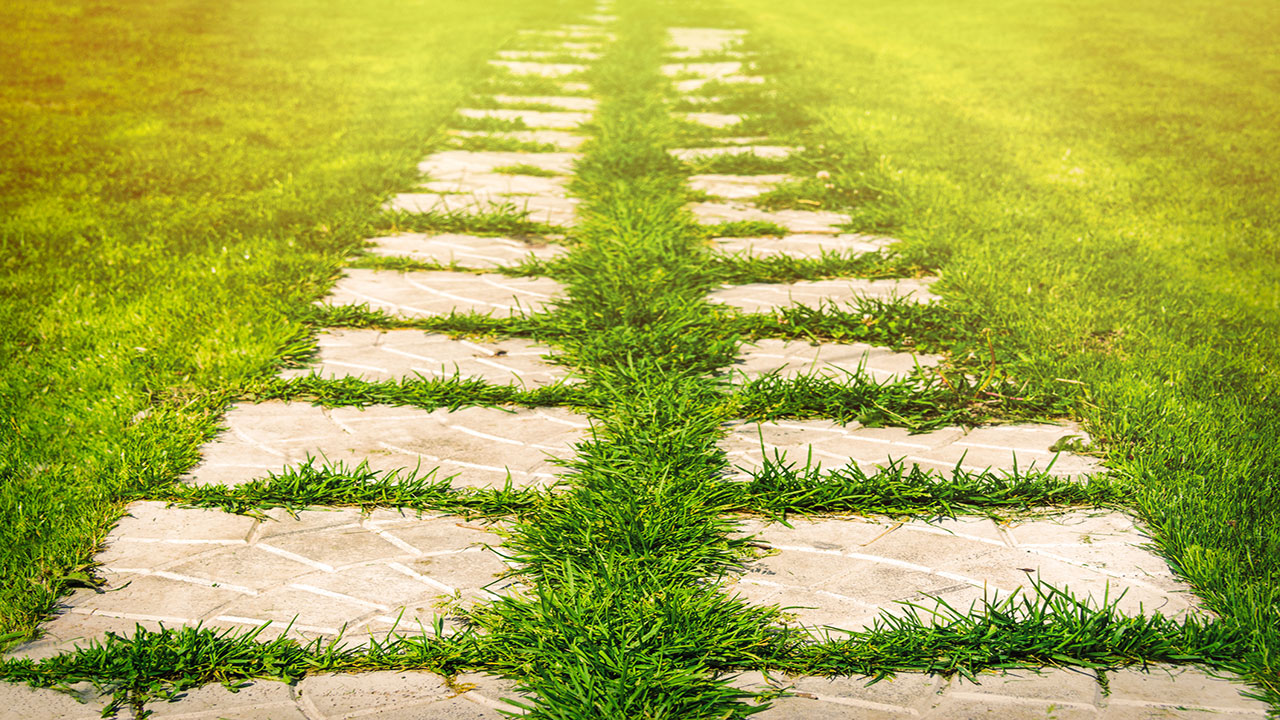
While pathways and walkways are usually all about the hardscape, there’s no reason why you can’t incorporate a little greenery into these components of your outdoor space. Adding plants along your walkway can soften up the space, especially between pavers and stepping stones. It can also add some vibrant color to your walkway. Just make sure that the greenery you select can be walked on and won’t grow very tall. Some of the best greenery for this purpose includes dwarf grass, moss, and creeping thyme.
8. Curves
You don’t necessarily have to make your walkway straight. Just because they’re meant to guide you from Point A to Point B doesn’t mean the journey has to be direct. You can add visual interest to your walkway by adding some curves throughout, and those bends offer the ideal spots to add some of your favorite plants and flowers.
9. Weed Barriers
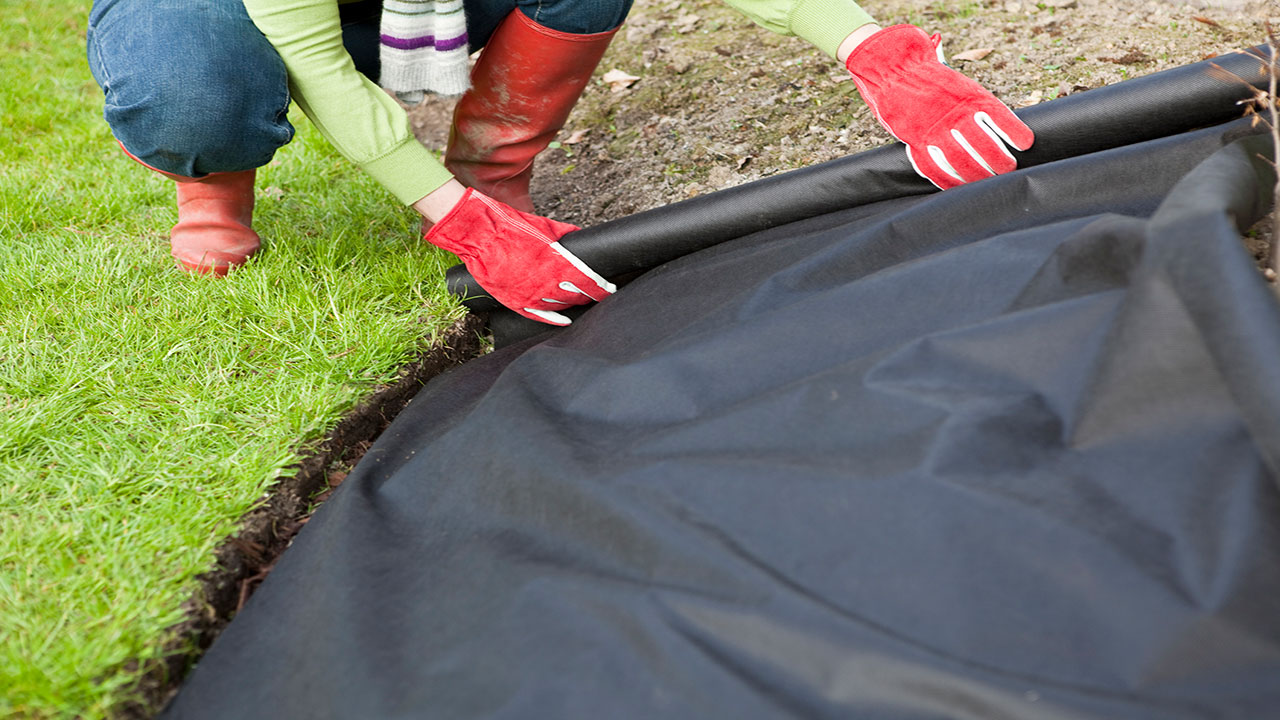
Weeds have a way of impeding hardscape materials, but you can protect your walkway from these intrusive weeds by adding a weed barrier. Install a couple of layers of landscape fabric underneath the walkway material, and line the walkway with edging material to prevent weeds from creeping up along the path.
The Bottom Line
There are plenty of different materials and designs you can use to create the perfect walkway for your backyard haven. Consider any one of the above options to help get your creative juices flowing to come up with a unique walkway that will serve as both a decorative and functional element.


